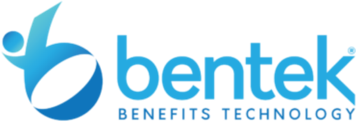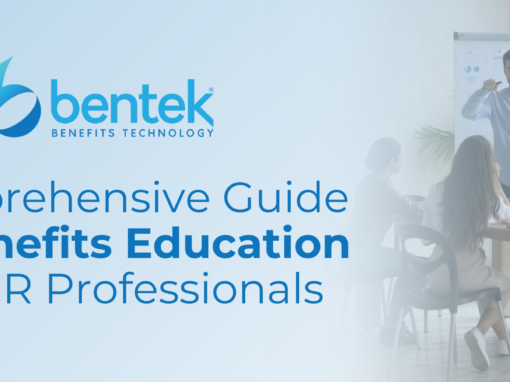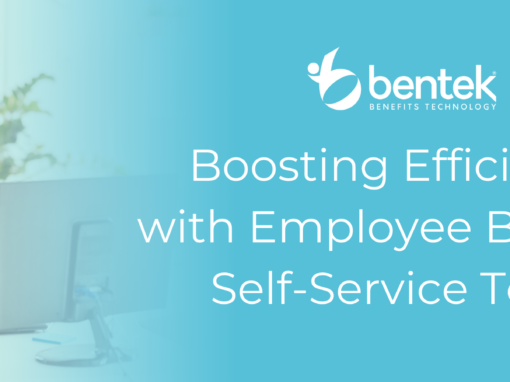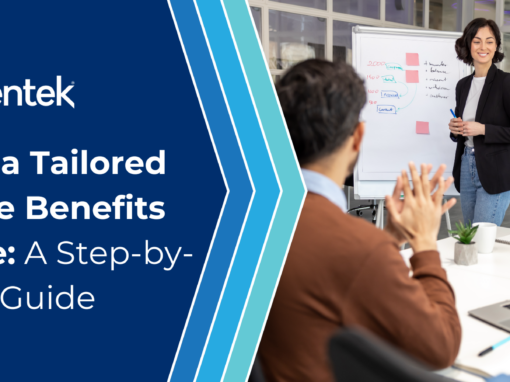Imagine a world where every new hire feels valued, understood, and engaged from day one. Now, consider the opposite: a world where new hires are overwhelmed, confused, and disconnected. The difference? Effective new hire benefits onboarding.
According to Mercer’s 2023 Benefits Technology report, 40% of organizations have found that offering digital onboarding solutions increases efficiency and improves the employee experience. And in a similar study from the KFF, they found that organizations with digital tools for onboarding and self-service benefits enrollment reported higher employee satisfaction rates in addition to efficiency.
This article unpacks the critical role of benefits onboarding in enhancing employee satisfaction, especially within the public sector, where the array of benefits options can be particularly vast. Through verified data and insights, we will explore why a streamlined benefits onboarding process not only fosters employee satisfaction but also significantly boosts retention and overall engagement. Are you ready to transform your new hire benefits onboarding into a strategic advantage for employee satisfaction and retention?
Introduction: The Importance of New Hire Benefits Onboarding
The journey of a new hire within any organization begins with onboarding, a critical phase that sets the tone for their entire tenure. Particularly in the public sector, where benefits packages can be extensive and complex, the way an organization handles benefits onboarding can immensely influence a new employee’s satisfaction and long-term commitment. Consider this: Organizations with effective onboarding processes see a 50% increase in new-hire retention, according to SHRM. This statistic alone underscores the immense value of prioritizing effective benefits onboarding.
The Role of Benefits in the Onboarding Process
For many employees, especially those in the public sector, the benefits package is a significant factor in their job satisfaction and loyalty. In Aflac’s 2022 WorkForce Report, they found that 67% of public sector employers believe employees are highly satisfied with their benefits. A well-executed benefits onboarding process plays a pivotal role here, ensuring employees not only understand their options but feel genuinely supported in their choices.
Clear communication, user-friendly self-service tools, and personalized benefits plans are pivotal. Supporting this, data shows that 50% of employees say that a better understanding of their benefits would make them more loyal to their employer, according to MetLife. This insight highlights the undeniable link between the clarity and accessibility of benefits information and employee satisfaction and retention.
Step-by-Step: Best Practices for Streamlining New Hire Benefits Onboarding
To elevate the new hire experience and ensure a seamless integration into the organization, consider these best practices:
- Pre-Onboarding Preparation: Digitize all necessary documentation, such as enrollment forms and plan details, making them accessible through an online portal. Automate the communication flow to prepare new hires for their first day, reducing confusion and setting a positive tone from the start. A notable 58% of organizations report more efficient onboarding processes when employing automated pre-boarding strategies.
- Self-Service Benefits Enrollment Platform: A mobile-friendly platform enables new hires to access information and enroll in benefits at their convenience, significantly reducing administrative bottlenecks. Empowering employees to manage their benefits enrollment autonomously through a self-service portal has been shown to increase employee satisfaction by up to 82%, according to Marsh McLennan.
- Customized Benefits Education and Communication: Tailor communication to meet the diverse needs of your workforce and leverage interactive tools to demystify complex benefits options. This approach not only aids decision-making but also boosts confidence in benefits selection.
- Integration with Payroll and HR Systems: Automating data flow between benefits platforms and payroll/HR systems minimizes manual errors and ensures accuracy. Real-time updates on eligibility and enrollments streamline the process, enhancing satisfaction. Integration efforts and advanced data tools can reduce errors by up to 30%, according to Deloitte.
- Ongoing Support: Establish dedicated channels for benefits inquiries during the crucial first 90 days and beyond. Automated reminders and follow-up communications can ensure compliance and completion of the enrollment process. A positive onboarding experience, marked by ample support, can increase the likelihood of an employee staying with the organization.
- Continuous Improvement: Solicit feedback from new hires to refine the onboarding process, and track success metrics to ensure effectiveness. Regularly assessing onboarding outcomes can lead to increases in employee retention.
- Regulatory Compliance: Utilize compliance tools to monitor adherence to regulations like ACA and HIPAA, keeping all documentation easily accessible to new hires. Non-compliance can result in significant fines, emphasizing the importance of a meticulous approach to benefits onboarding.
By embracing these best practices, organizations can transform their new hire benefits onboarding into a strategic tool for enhancing employee satisfaction, retention, and engagement, particularly within the public sector.
For more articles like this, check out the Bentek Blog!




